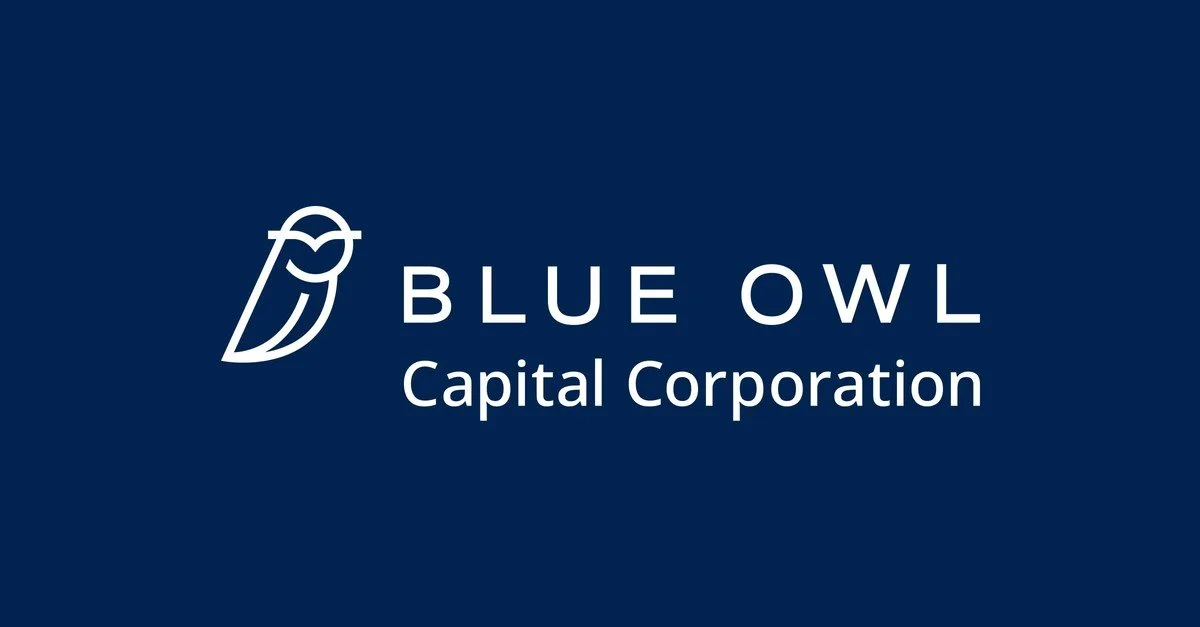OBDC | Q2 2025
The content provided on this website, including any communications, posts, videos, social media interactions, and other materials, is for informational and educational purposes only. It should not be considered as financial or investment advice. Read our full disclaimer here.
Links
Link to Transcript
Link to Presentation
Link to 10-Q
Overview
Net investment income ("NII") per share of $0.40.
Revenue of 485.84M (+22.45% YoY) beat by $5.72M.
KEY Takeaways
ROE came in at 10.6%, marking twelve straight quarters of double-digit returns.
Adjusted NII of $0.40 per share covered the $0.37 base dividend and funded a $0.02 supplemental dividend.
NAV per share dipped slightly to $15.03 due to modest write-downs in a few pre-existing watch list names.
Portfolio metrics solid: median borrower EBITDA $133M, loan-to-value 42%, interest coverage 1.9x.
PIK income declined to just over 9% of total investment income.
Leverage at 1.17x, back in target range. Plus, strong liquidity with $4B+ in cash and credit.
Confident about maintaining dividend even if interest rates move lower.
NOTES
Blue Owl Capital Corporation (OBDC) had a strong second quarter, its first full one since merging with OBDE earlier this year.
Return on equity came in at 10.6%—marking twelve straight quarters in double digits—on $0.40 of adjusted net investment income per share. That was enough to cover the base dividend of $0.37 and add a $0.02 supplemental payout.
Net asset value per share dipped slightly to $15.03, with a few modest write-downs tied to long-monitored watch list names, some hit by tariffs. Outside of those, management said the portfolio is holding up well, with no signs of broader weakness and credit quality staying solid.
OBDC’s size and long-standing relationships have helped keep deals coming, especially from existing borrowers. A standout this quarter was the recapitalization of Trucordia, an insurance brokerage the company has backed since 2020. That deal delivered a low double-digit IRR and a 1.4x multiple on invested capital, while also setting the stage for a new loan with OBDC as sole lender in its tranche.
The company also kicked off an equipment leasing joint venture that’s expected to produce steady, low double-digit yields over time. It’s part of a push to add more niche strategies—like alternative credit and digital infrastructure—without straying from its bread-and-butter focus on large, stable, upper middle market companies.
Portfolio health looks solid across the board: median borrower EBITDA climbed to $133 million, loan-to-value stayed conservative at 42%, and interest coverage improved to 1.9x. Nonaccruals remain low at 0.7% of fair value, and payment-in-kind (PIK) income fell again to just over 9% of total investment income.
Payment-in-kind income refers to interest a borrower pays by issuing additional debt or equity instead of paying in cash. This essentially adds the interest owed to the loan balance, rather than putting money in the lender’s pocket right away.
For lenders, PIK can boost returns if the borrower performs well, but it carries more risk because you’re not receiving cash as you go. In OBDC’s case, most PIK income comes from deals intentionally structured that way from the start—not from borrowers in trouble—and management highlighted the decline in PIK this quarter as a positive trend.
At any rate, leverage is back in the target range at 1.17x after coming down from post-merger levels, and liquidity is strong with more than $4 billion in cash and credit available. The balance sheet got another boost from $500 million in new five-year notes, and there are no near-term maturities on the horizon.
For the second half of the year, management is optimistic about an increase in deal activity, and mentioned more active conversations with private equity sponsors and possible public-to-private transactions in the pipeline.
Even if we end up seeing lower rates as the market expects, they’re confident about being able to maintain the dividend, helped by a healthy cushion of spillover income and a portfolio built for resilience.



Revenue of $1.88B (+4.4% Y/Y) beats by $10M. Non-GAAP EPS of $1.96 beats by $0.09.